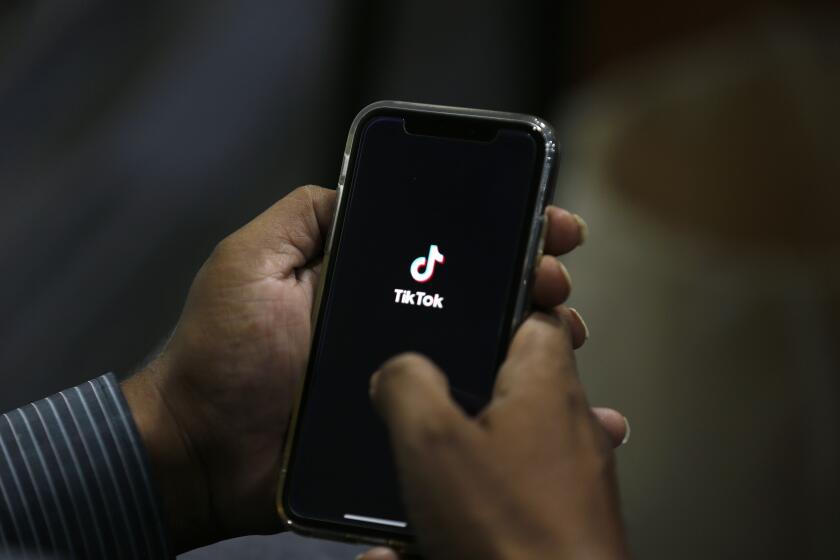More Than Zero
- Share via
Feeling antsy about the stock market? In uncertain times, zero-coupon bonds--which guarantee a rate of return for investors’ principal and in effect for reinvested interest earned over a long period--could be just the ticket.
Bonds in general make sense if you can’t take the risks of the stock market or simply believe that stocks can’t keep rising in value as they have in recent years. Of course, to buy bonds you also have to believe that inflation will stay subdued.
If you’re thinking about bonds, zero-coupon issues have some unusual characteristics that can make them particularly attractive.
Back in the early 1980s, when a few Wall Street firms created zero-coupon bonds, they gave them exotic names like TIGR (for Treasury investors growth receipts) and CATS (for certificate of accrual on Treasury securities). And when the government started issuing its own a few years later, they were known as STRIPS (for separate trading of registered interest and principal of securities).
Those racy acronyms, however, belie the fact that these are extremely conservative investment instruments--at least as they are used by average investors.
Zeros make no periodic interest payments. Instead, like smaller-denomination U.S. Savings Bonds, zeros are sold at a deep discount to their value at maturity. The difference between the price of a zero-coupon bond and its value at maturity is the return to the investor. When expressed as an annualized yield, that return reflects compounding as if interest had been paid all along, and reinvested at the same rate.
“The appeal is knowing you will get a certain amount of money on a certain day,” said Martin Mauro, who heads Merrill Lynch & Co.’s fixed-income research group. “Many people stagger maturities to meet certain needs.”
People use zeros, for example, to pay for a child’s education--money goes into a zero-coupon bond that matures at the time the child starts college. Others may buy several zeros maturing over consecutive years to cover college costs for four years.
However, most financial advisors strongly suggest zeros be held in tax-deferred accounts such as individual retirement accounts. Otherwise you must pay tax on the the bonds’ interest as if it was in fact earned each year, rather than paid in full at maturity.
Zero-coupon bonds were created in the early 1980s by investment firms that bought Treasury bonds and in effect broke them up into pieces, separating the parts into different kinds of zeros. They were an immediate hit. Investors bought billions of dollars worth of the new securities.
“Back then, interest rates were in double digits and you could lock in a 12% yield,” said Laura Tarbox, a Newport Beach financial planner.
With the success of the investment-bank-created zeros, the government began to issue its own in 1985.
Today, zeros can be purchased via full-service or discount brokerages, for varying commission rates.
Part of the appeal of zeros is that you can snag relatively high long-term interest rates on a small investment. For example, to earn a 6.5% annualized yield, an investor could pay about $1,500 today to buy ten STRIPS that mature in 30 years. In September of 2027, the holder of the bonds would receive $10,000.
Most zero-coupon bond buyers intend to hold them to maturity--which is good, because the lack of a regular interest payment makes the market price of the bonds inherently more volatile than regular bonds.
According to Dave Schroeder, a zero-coupon bond fund manager for American Century Investments in Palo Alto, the price of a 30-year zero-coupon bond is about three times as volatile as that of a regular 30-year Treasury bond. When market interest rates fall 1%, there is a corresponding rise in the price of a zero-coupon bond of about 30%, he explained. And when market interest rates rise, zero-coupon bonds’ market values plummet.
American Century’s Benham Target funds, such as Target 2000 and Target 2005, provide a way to own zeros via mutual funds. But because investors can enter or exit the funds at any time--and many market “timers” in fact use them to play interest rate trends--they may not be suited for many buy-and-hold investors.
The big risk in zeros? That inflation and market interest rates will soar someday, making your locked-in return shrink in real terms.
“You don’t lose any principal by buying zeros, but what you lose is [potential] purchasing power,” explained Tarbox.
(BEGIN TEXT OF INFOBOX / INFOGRAPHIC)
Why Zeros?
If you’re thinking of investing in zero-coupon bonds, here are a few things to consider:
* Owners lock in an interest rate on the principal as well as the compounding value of “implied” interest.
* There are no periodic interest payments to reinvest as with regular Treasury bonds. However, taxes must be paid as if such interest were received, unless the bonds are in a tax-deferred account.
* Because they are sold at a deep discount, it does not take much money to buy a long-term zero.
* Zeros make it easy to earmark a specific amount of money for a specific date.
* Traders should note that zeros are more volatile than regular Treasury bonds, rising in value faster when interest rates fall and vice versa.
More to Read
Inside the business of entertainment
The Wide Shot brings you news, analysis and insights on everything from streaming wars to production — and what it all means for the future.
You may occasionally receive promotional content from the Los Angeles Times.









